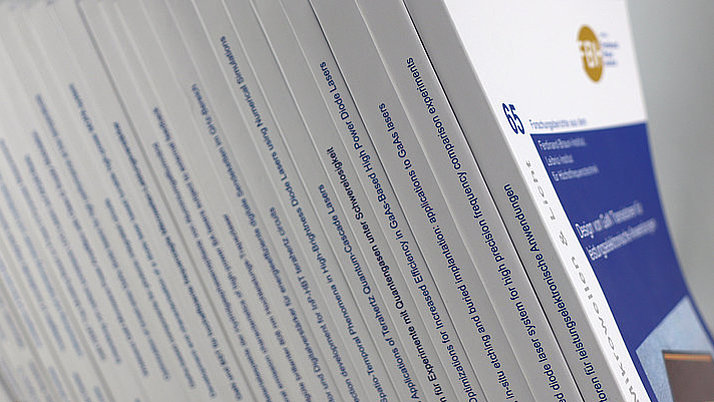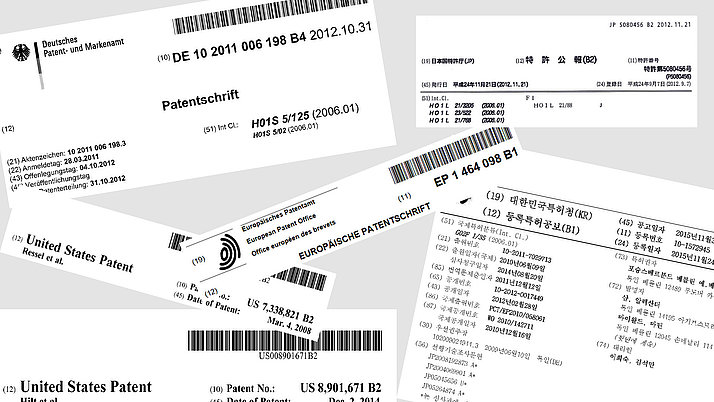Modeling the capacitance–voltage characteristics of AlGaN-based UV-C LEDs
N. Roccato1, F. Piva1, M. Buffolo1,3, C. De Santi1, N. Trivellin1,2, M. Schilling4, A. Muhin4, J. Höpfner4, M. Guttmann5, T. Wernicke4, M. Kneissl4,5, G. Meneghesso1, E. Zanoni1 & M. Meneghini1,3
Published in:
Sci. Rep., vol. 15, art. 13483, doi:10.1038/s41598-025-95015-9 (2025).
Abstract:
We propose a detailed approach for modeling the C–V characteristic of complex heterostructurebased devices, investigating the case of UV-C LEDs. The study is based on combined experimental measurements and TCAD simulations, and explores: i) the impact of defects at critical interfaces on the apparent charge profile; ii) the dependence of the C–V characteristic on the efficiency of carrier injection toward the QWs; iii) the impact of a non-ideal partially-rectifying p-contact on the C–V curves. By accounting for these processes and non-idealities, we were able to achieve a good reproduction of the experimental C–V characteristic and of the corresponding apparent charge profile. The result presented in this paper provide relevant information for the investigation of specific device features, based on simple electrical characterizations.
1 Department of Information Engineering, University of Padova, Via Gradenigo 6/B, 35131 Padova, Italy
2 Department of Industrial Engineering, University of Padova, Via Gradenigo 6/A, 35131 Padova, Italy
3 Department of Physics and Astronomy, University of Padova, Via Marzolo 8, 35131 Padova, Italy
4 Insitute of Solid State Physics, Technische Universität Berlin, Hardenbergstr. 36, 10623 Berlin, Germany
5 Ferdinand-Braun-Institut, Leibnizinstitut Für Höchstfrequenztechnik gGmbH, Gustav-Kirchhoff-Straße 4, 12489 Berlin, Germany
© The Author(s) 2025
Open Access This article is licensed under a Creative Commons Attribution 4.0 International License, which permits use, sharing, adaptation, distribution and reproduction in any medium or format, as long as you give appropriate credit to the original author(s) and the source, provide a link to the Creative Commons licence, and indicate if changes were made. The images or other third party material in this article are included in the article’s Creative Commons licence, unless indicated otherwise in a credit line to the material. If material is not included in the article’s Creative Commons licence and your intended use is not permitted by statutory regulation or exceeds the permitted use, you will need to obtain permission directly from the copyright holder. To view a copy of this licence, visit http://creativecommons.org/licenses/by/4.0/.
Rightslink® by Copyright Clearance Center
Full version in pdf-format.


